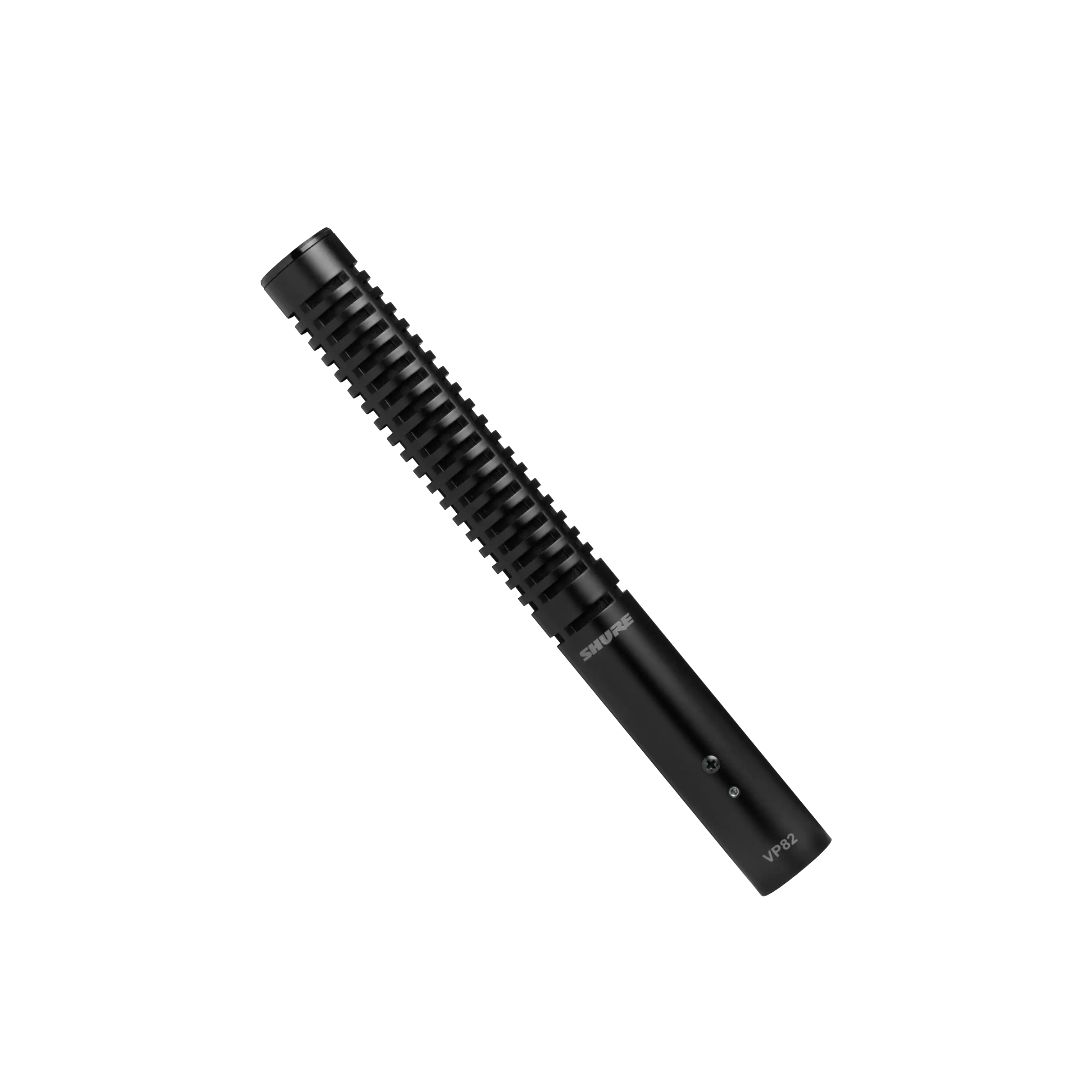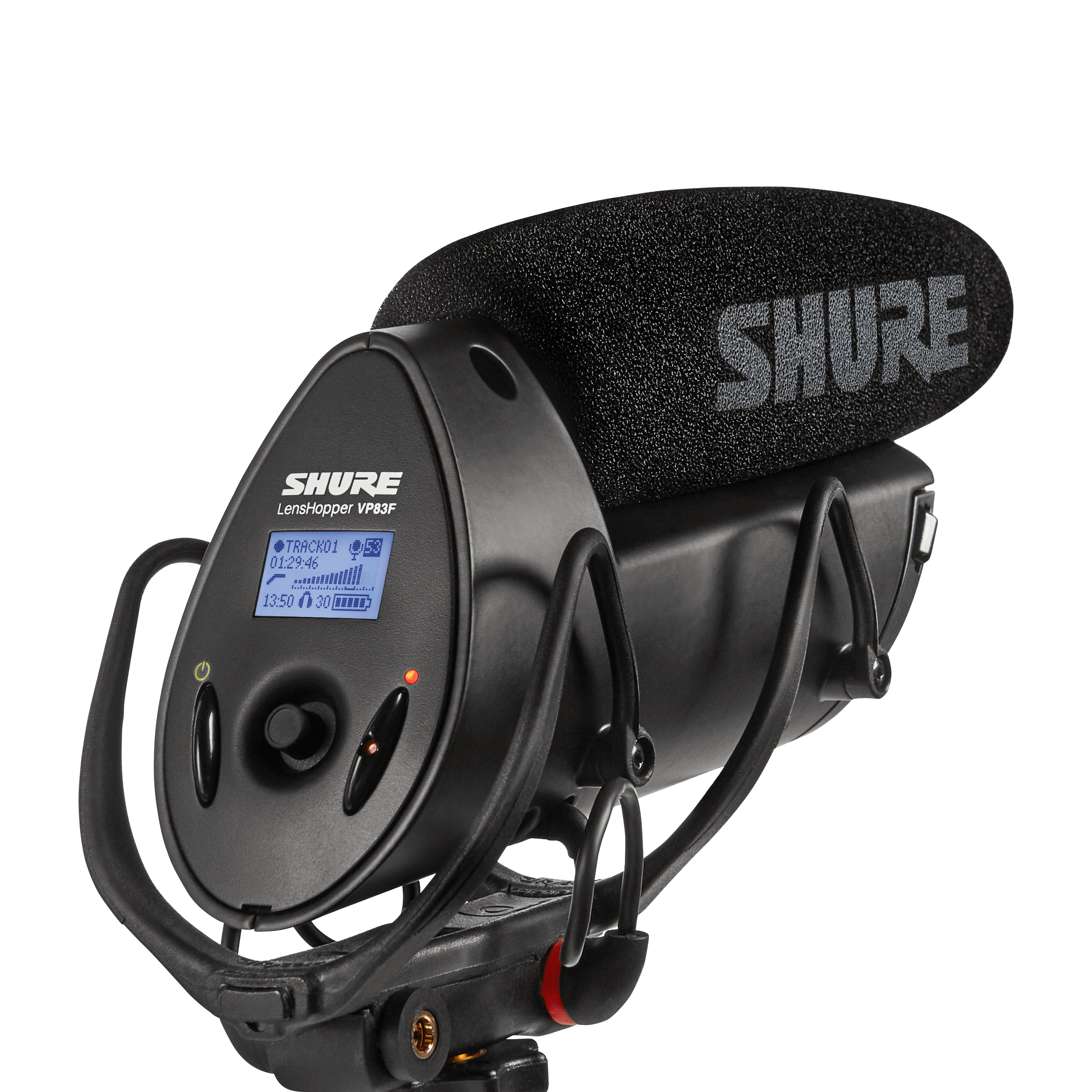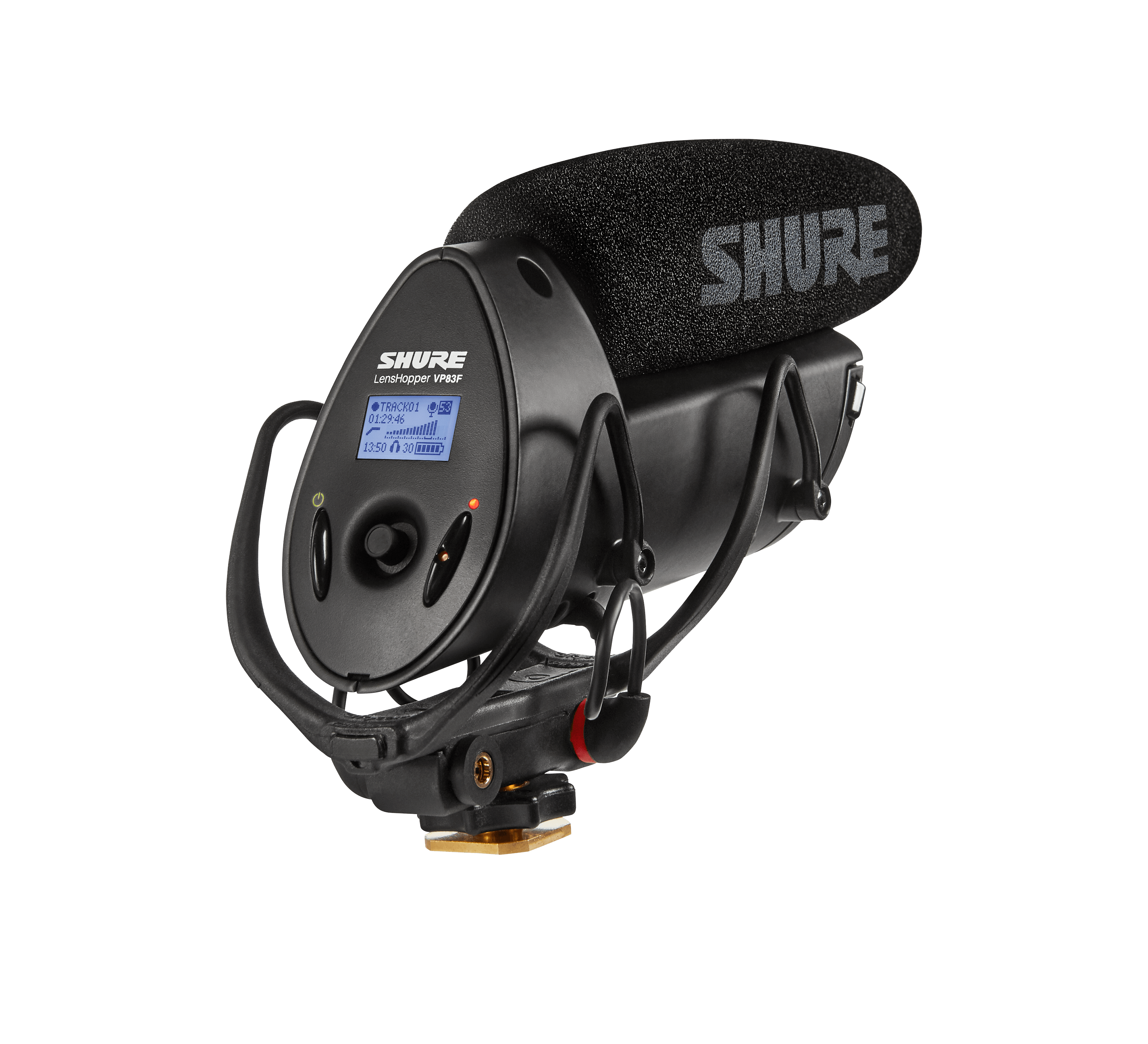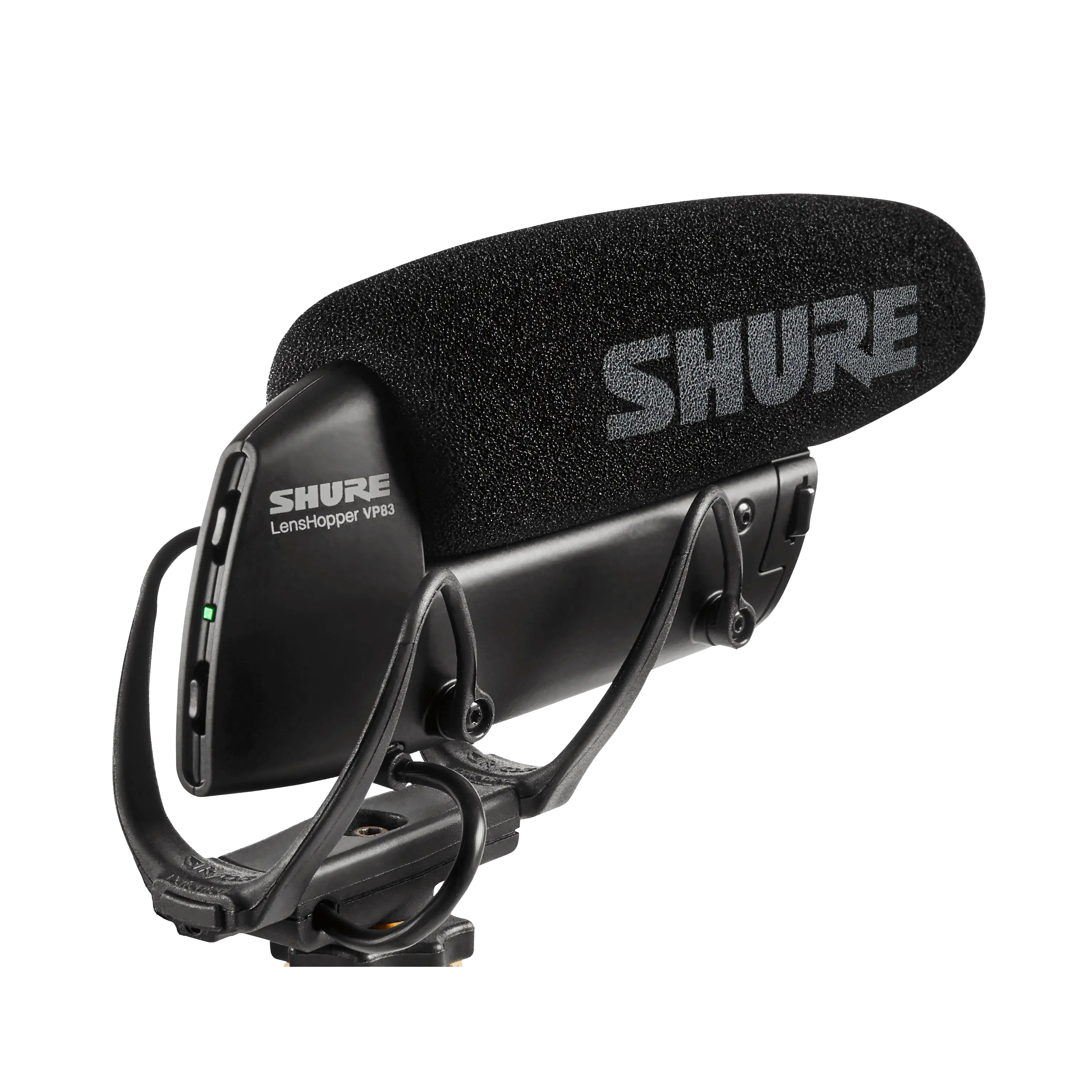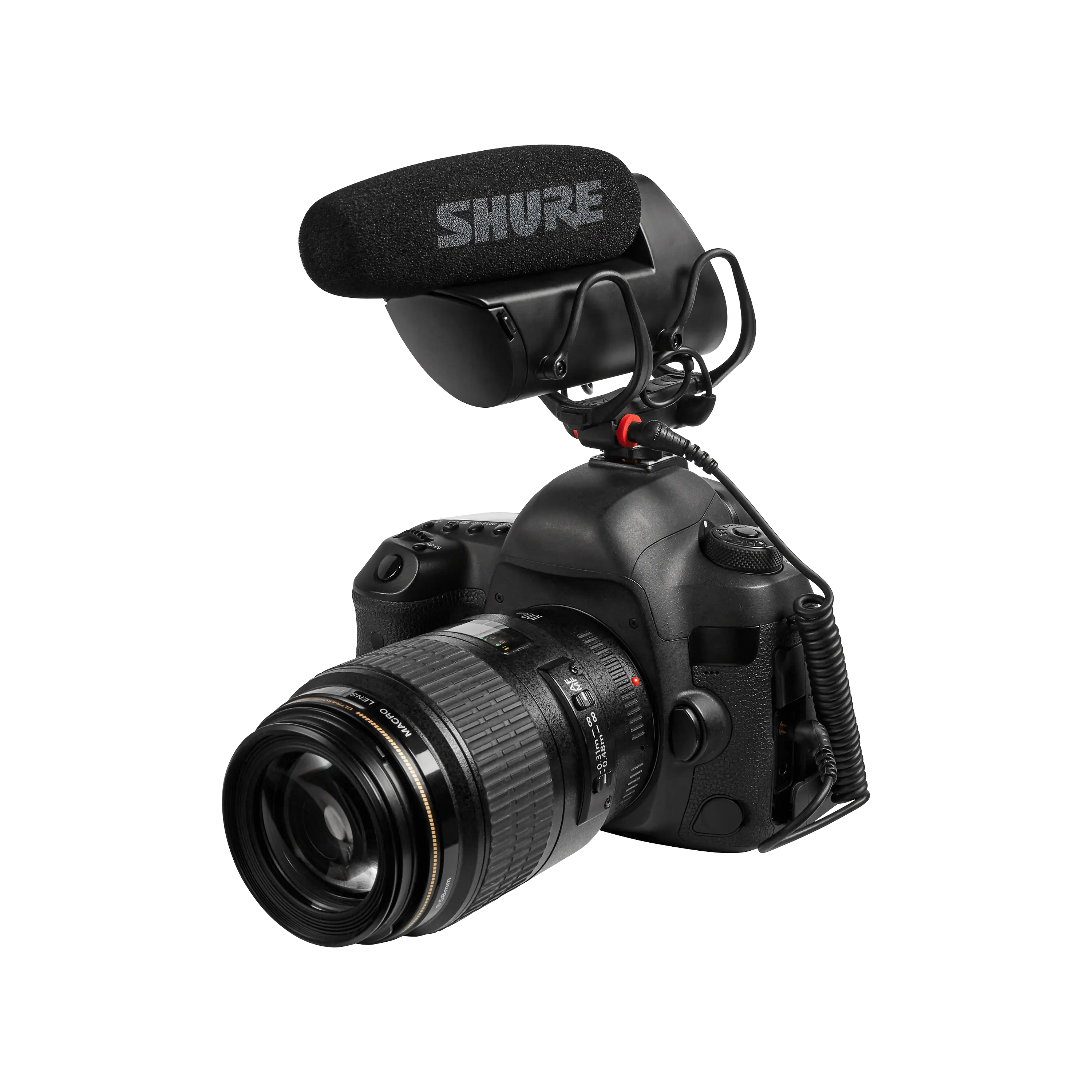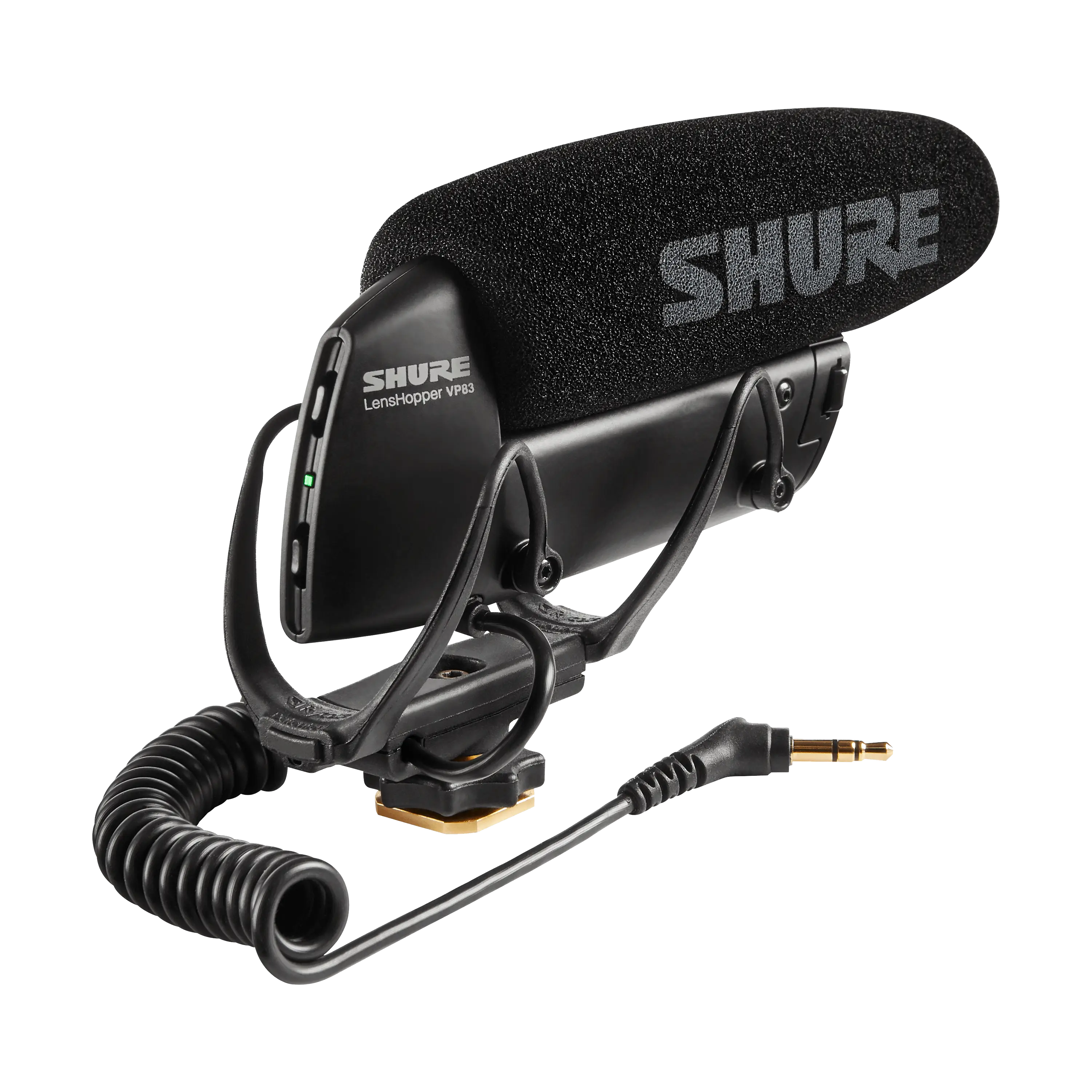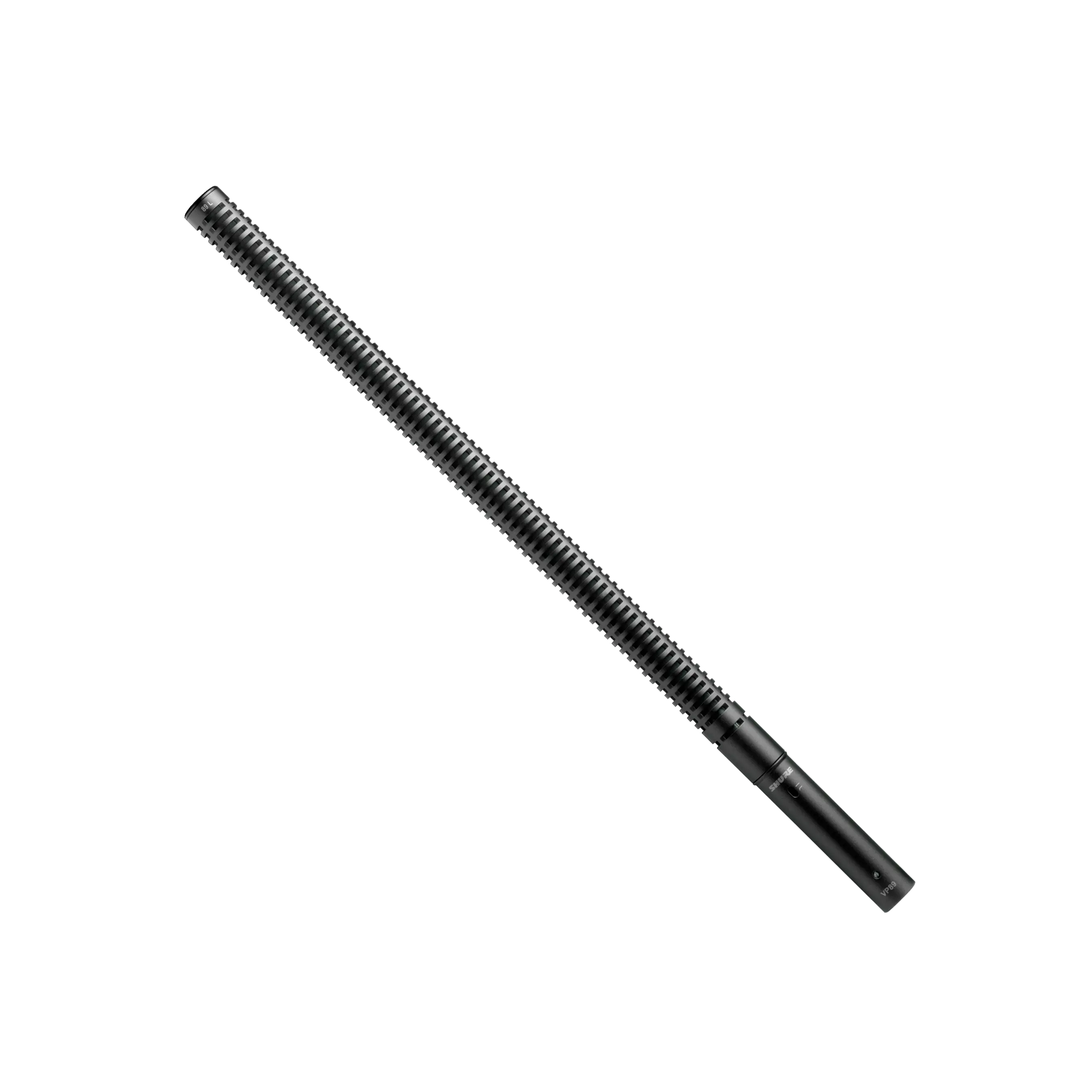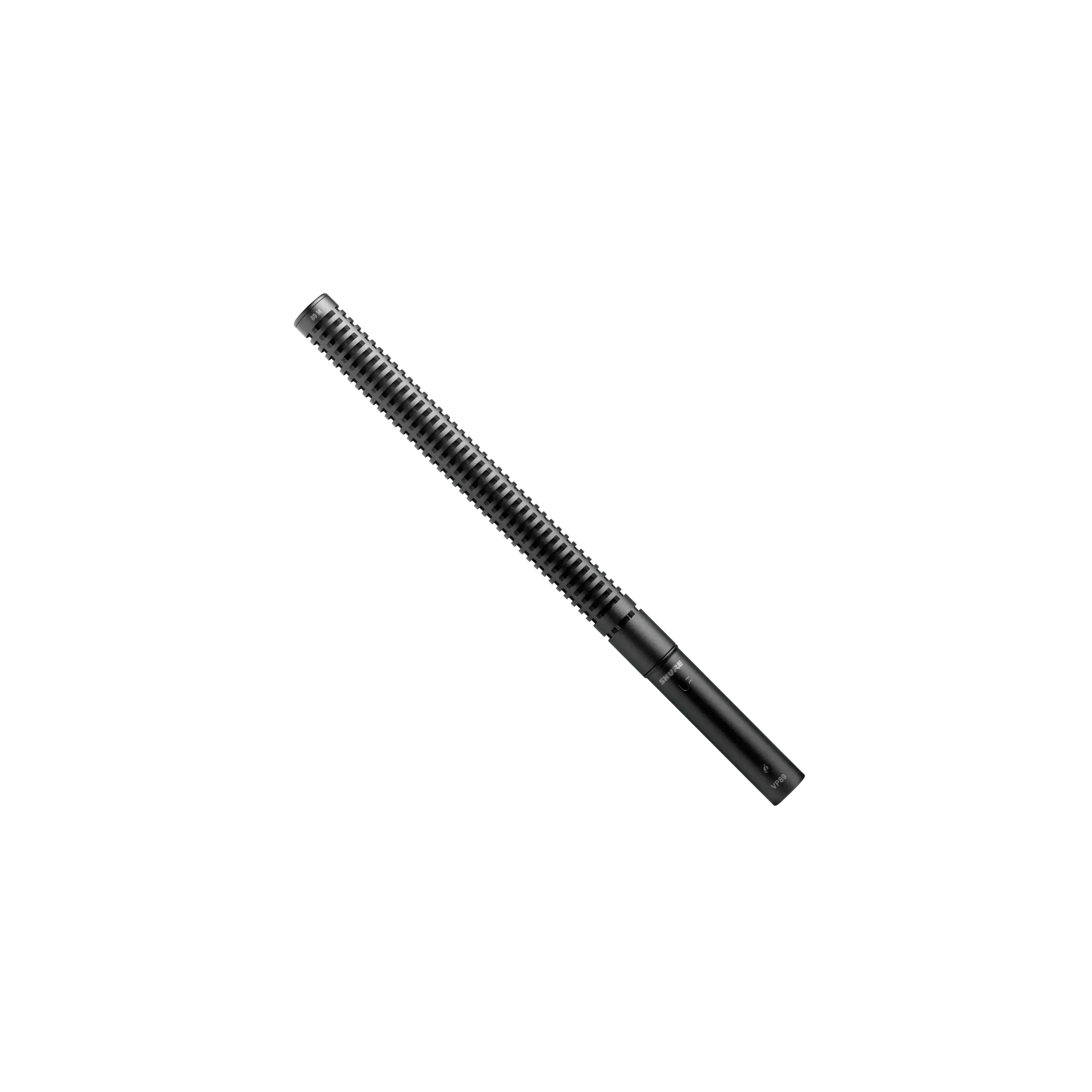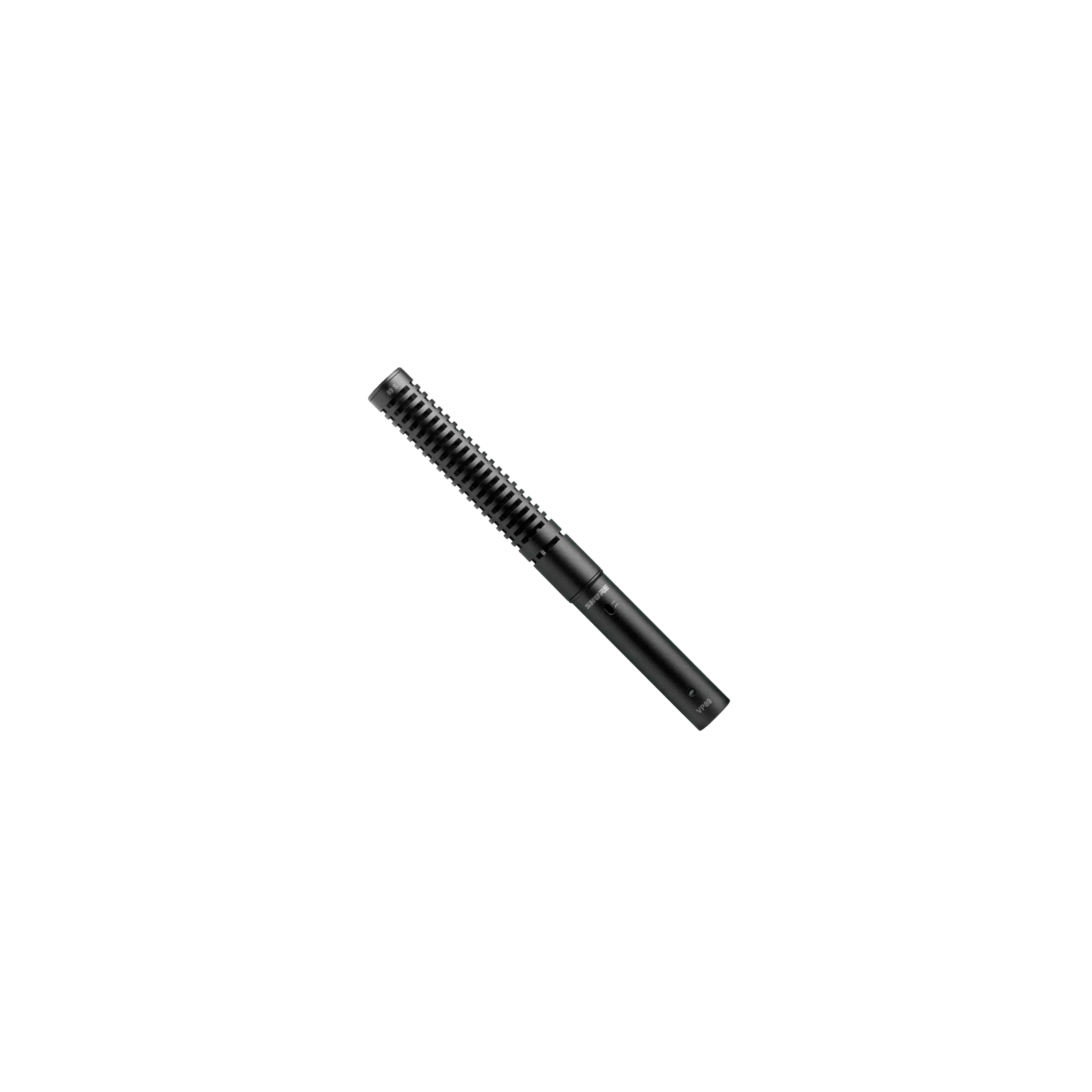Shotgun Mics and Video Production

If there's one thing we've learned, it's that audio quality can make or break any video project. No matter how creative and professional the visual aspects of a production may be, these qualities can be completely negated by lackluster audio. According to one videographer we know, "It's easy to fool the eye, but it's a lot harder to fool the ear".
Creating good audio can be a real challenge when shooting video - especially if you're using a consumer-grade camcorder. Mics that are built into camcorders aren't really designed for high-quality audio. They are designed for sound sources that are very close to the camera and they tend to pick up a lot of background noise.
Adding an external mic - a handheld, lapel (or lavalier) or a shotgun mic – gives you what matters the most – the best signal-to-noise ratio. Here are some tips about the third type – the shotgun mic. Its extremely directional pickup pattern (called a line/gradient pattern) makes the shotgun mic popular for TV news and movie sets.
The shotgun microphone is named for the long, slotted tube in front of the microphone cartridge that makes it resemble a shotgun. This "interference tube" helps reject sounds coming from more than about 30 degrees off to the sides, while still picking up sounds from the front. Because a shotgun mic is either mounted to a camera or a boom, it is rarely seen by the viewer. In fact, it's almost impossible to imagine a situation in which the mic should appear in frame (unless you're making a video about making a video).
Advantages
Let's talk about what shotguns mics are not: They are not telephoto lenses for sound. They do not allow you to zoom in on a conversation from 100 feet away.
Here is how Shure's Chris Lyons explains it: "Imagine looking through a long tube at a person standing 20 feet away. The person's image does not appear to be any larger or closer, but is somewhat easier to see, because the eye is not distracted by things happening off to either side."
This is exactly what shotgun mics do best: they screen out sounds coming from the sides. In practice, a shotgun microphone can typically be placed at four to five times the acceptable distance for a standard omnidirectional microphone. But keep in mind that the shotgun mic will also pick up sounds coming from behind the subject.
Tips for Using Shotgun Mics
- Shotgun mics can be positioned slightly above, below, or to the side of the sound source, so that the mic doesn't appear in the camera frame.
- Try to avoid aiming the mic at a hard surface, such as a tile floor, brick wall, or hard ceiling. These surfaces reflect sound waves, and may reflect background noise into the microphone or cause the sound to be slightly hollow. (A heavy blanket can be placed on a reflective surface to provide some temporary sound absorption.)
- Shotgun mics are more sensitive to wind noise than standard microphones, so try to avoid moving the mic rapidly and use a foam windscreen if possible. (Larger "zeppelin" or "blimp" type windscreens are usually necessary outdoors.)
- It's a good idea to use a rubber-isolated shock mount to control handling noise that may be transmitted through a stand or boom.
- If you're using a boom for a scripted video, make sure your boom person has a script. If more than one speaker is going to be miked, the boom person needs to point the shotgun at the right person at the right time, a challenge when the mic needs to remain out of frame, the sound has to be consistent and the boom may be over 20 feet long.

What to look for when buying a shotgun mic
Mics with a balanced XLR outputs signals will give you better noise and interference immunity. Remember, too, that if you have a stereo mini-jack input on your camcorder, you'll need to get an XLR camcorder adapter that will allow you to use professional quality microphones.
Shure offers these options of shotgun microphones:

VP89
Offers a choice or interchangeable long, medium and short capsules. Hand-tuned and assembled in the US, offers natural off-axis rejection without coloration.

VP82
This mic is designed for camera-mounted applications. It is extremely lightweight and has an integrated preamp.

VP83/VP83F LensHopper
These camera-mounted mics record directly to the DSLR or digital audio recorder. The VP83F features a built-in flash recorder, eliminating the need for an external recording device.
Click here more information about shotguns and other media production products.


